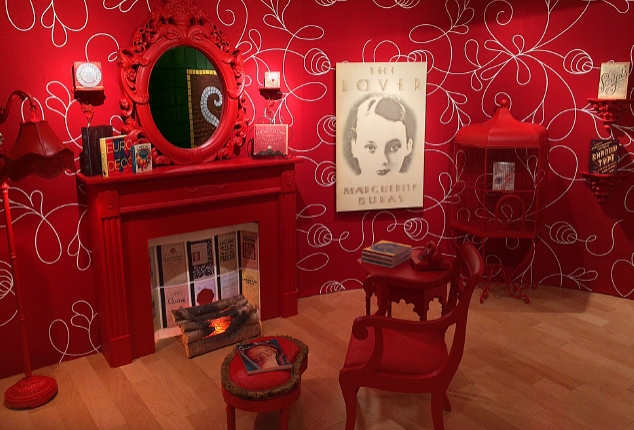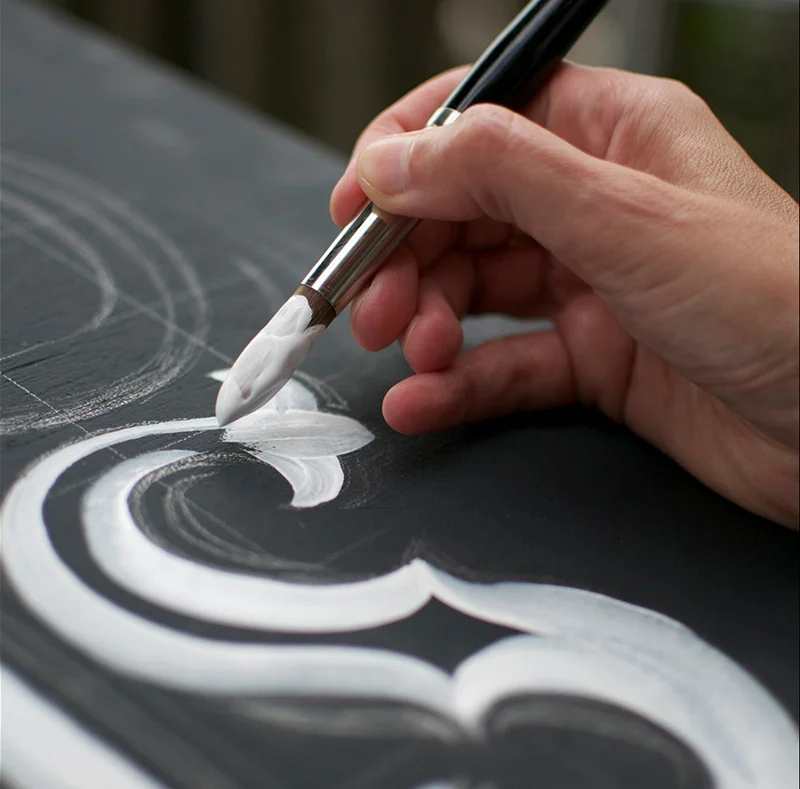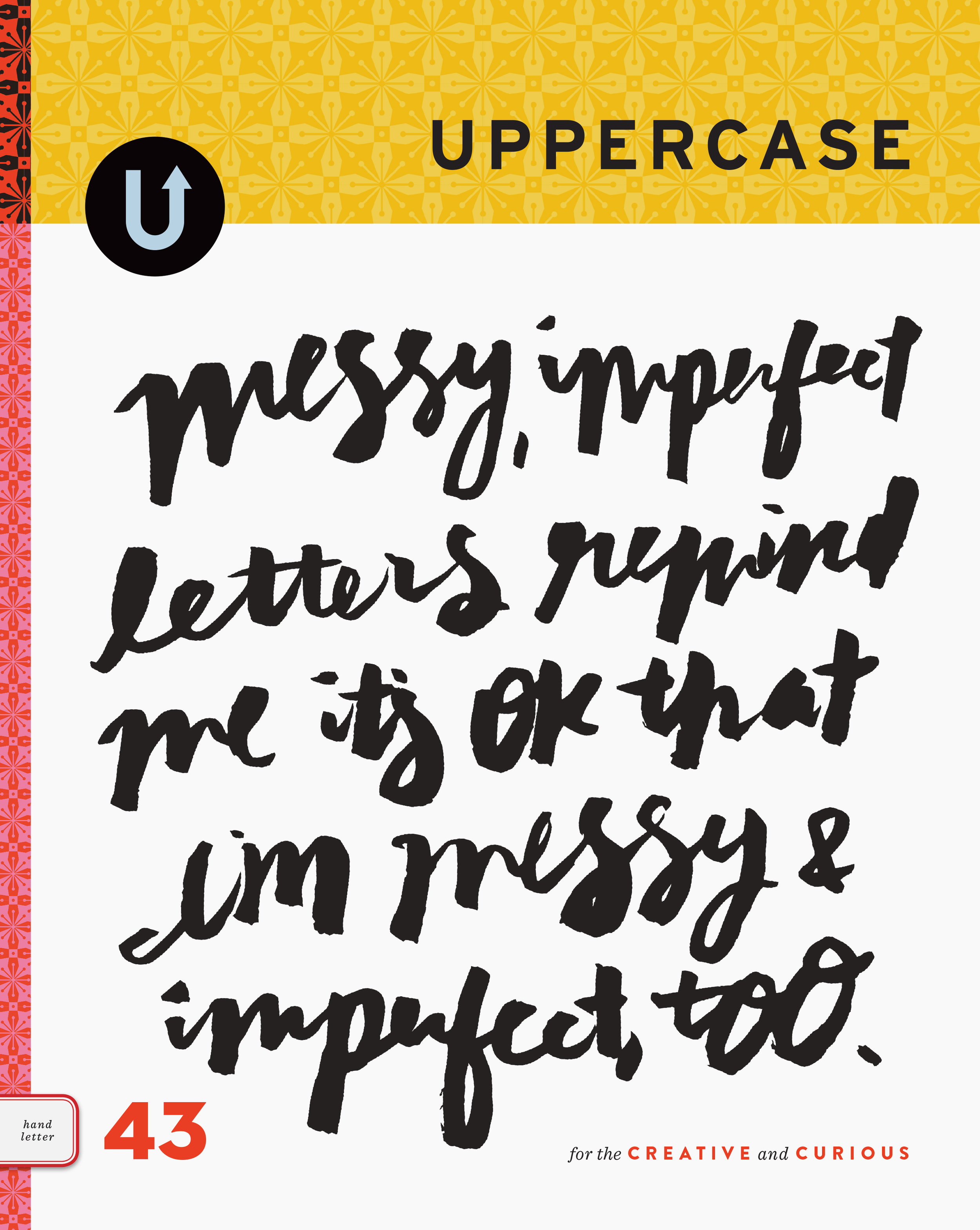Lehmann Label and Lithography Company
/When visiting the Letterform Archive, the piece-de-resistance was this collection of food labels, one of Rob Saunders recent acquisitions. Not the lithographed finals, this collection is comprised of the artist mockups of label designs. Accomplished with fine brushes in gouache and the occasional metallic, these miniature pieces of art were incredible to inspect in person.
The images below were photographed by 42-line, a San Francisco company that specializes in digitization of rare papers, manuscripts and books.
"Lehmann Printing & Lithograph Company of San Francisco, founded in 1911, was one of the largest manufacturers of labels in the world. Labels were created individually for product containers by Lehmann’s permanent staff of artists who provided the illustrations, hand lettering, and designs. The sketches in this collection are hand painted in gouache by an unknown artist, are from 1920–1930 and are sized to fit the bottle, jar or can."
A calendar of this label artwork can be purchased from 42-line's website.





































































